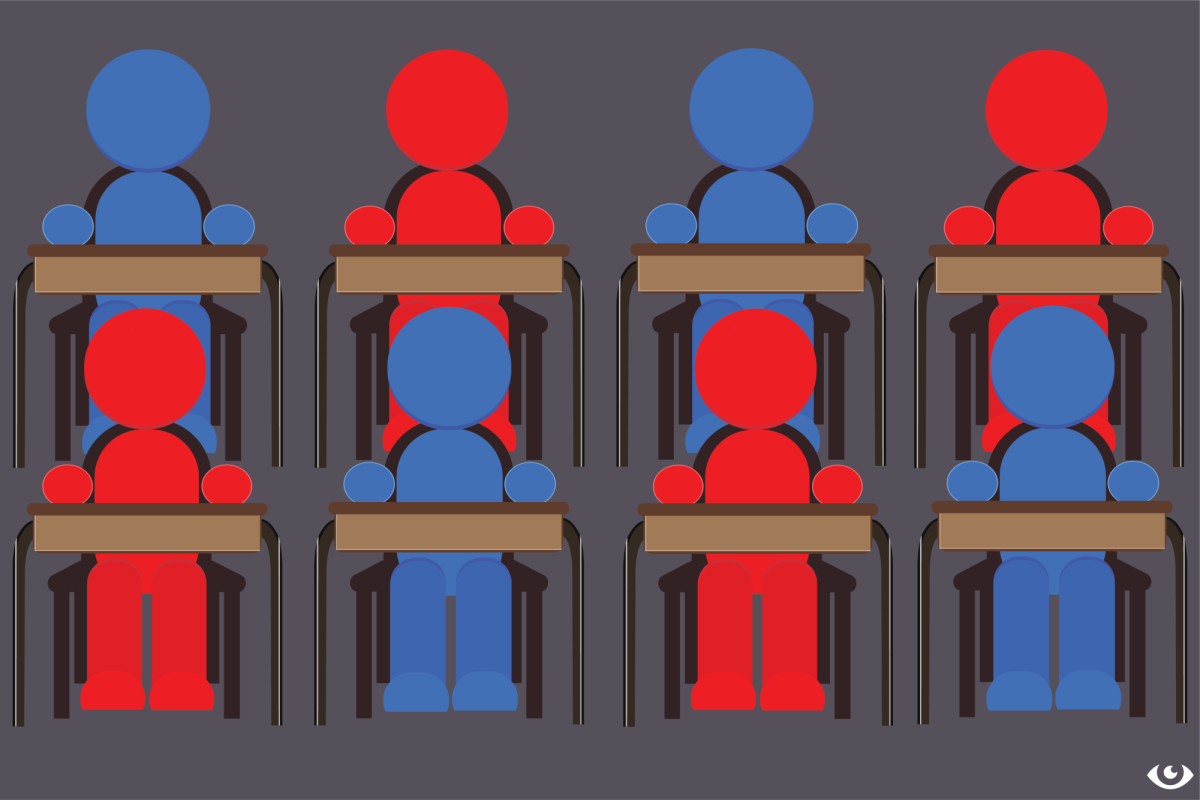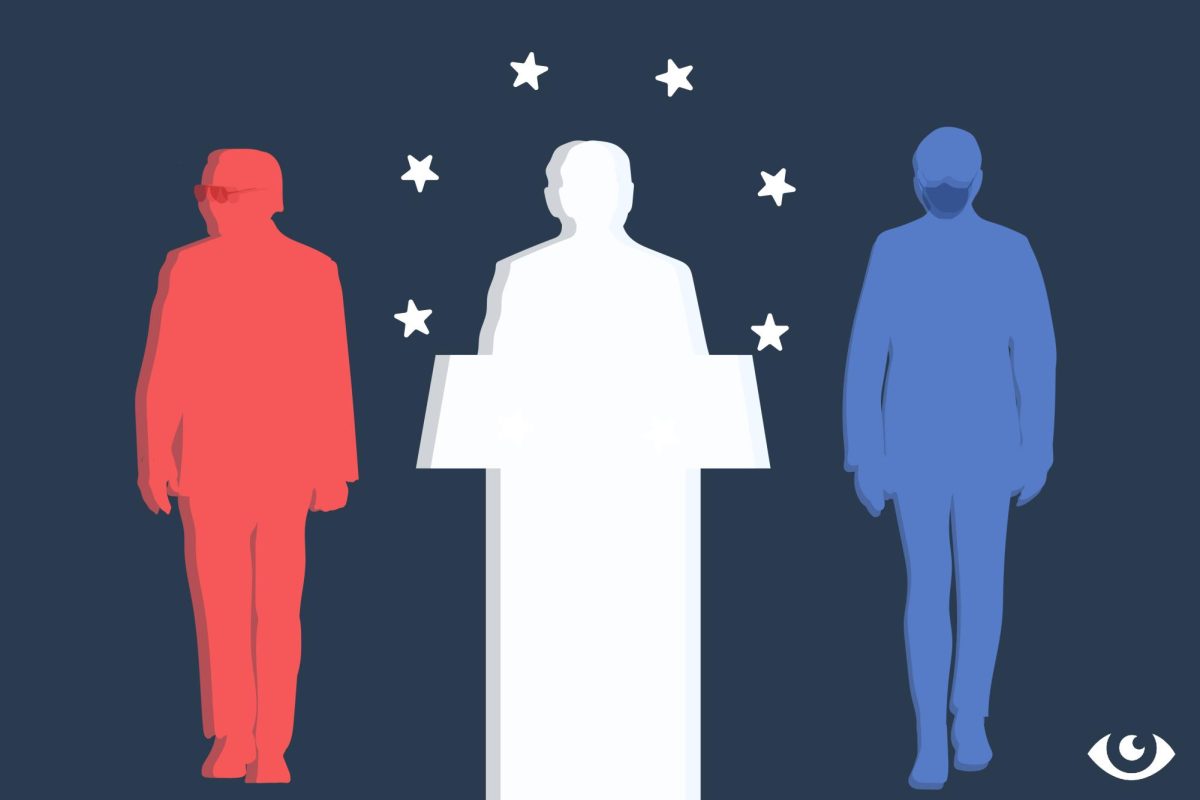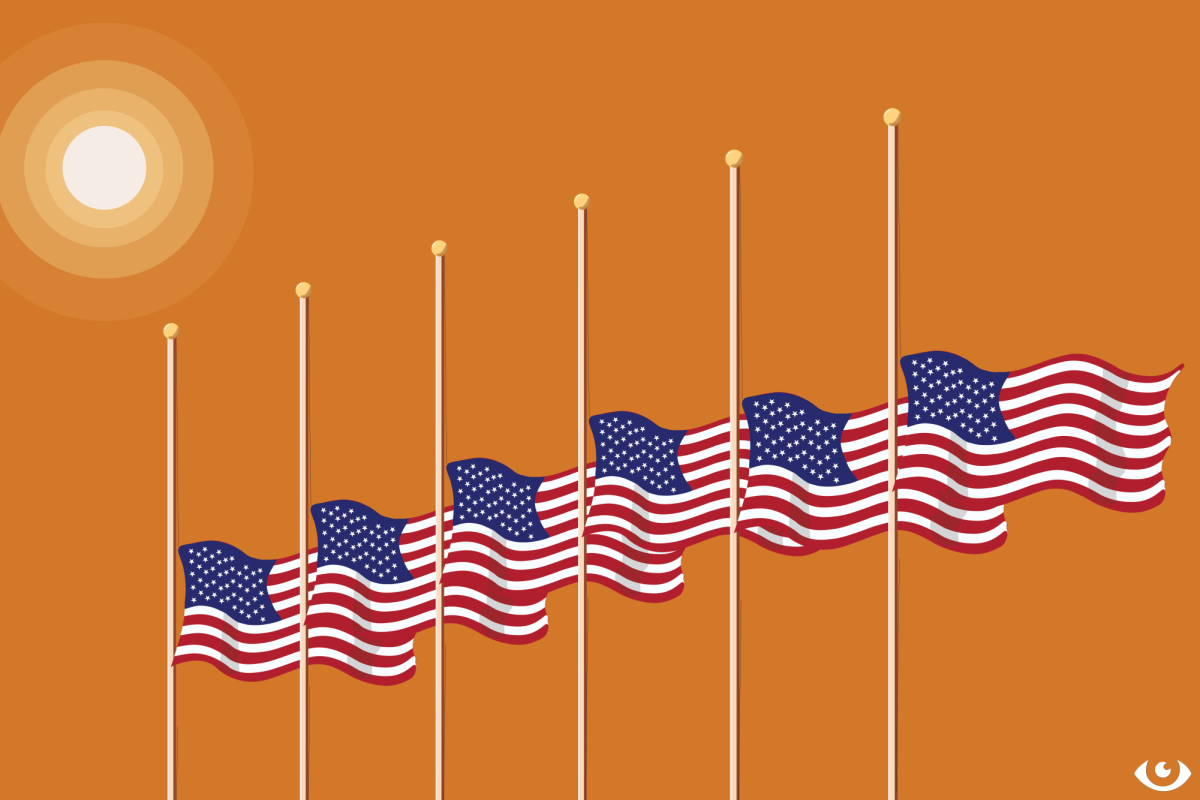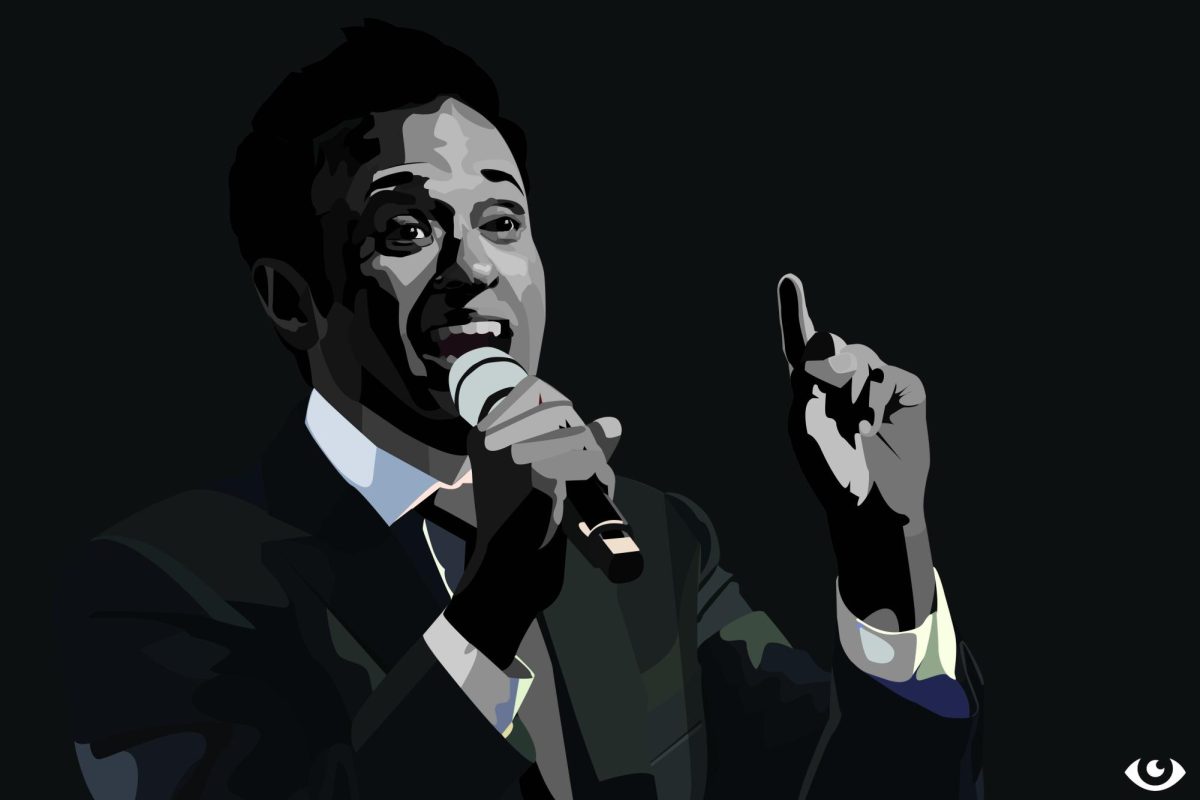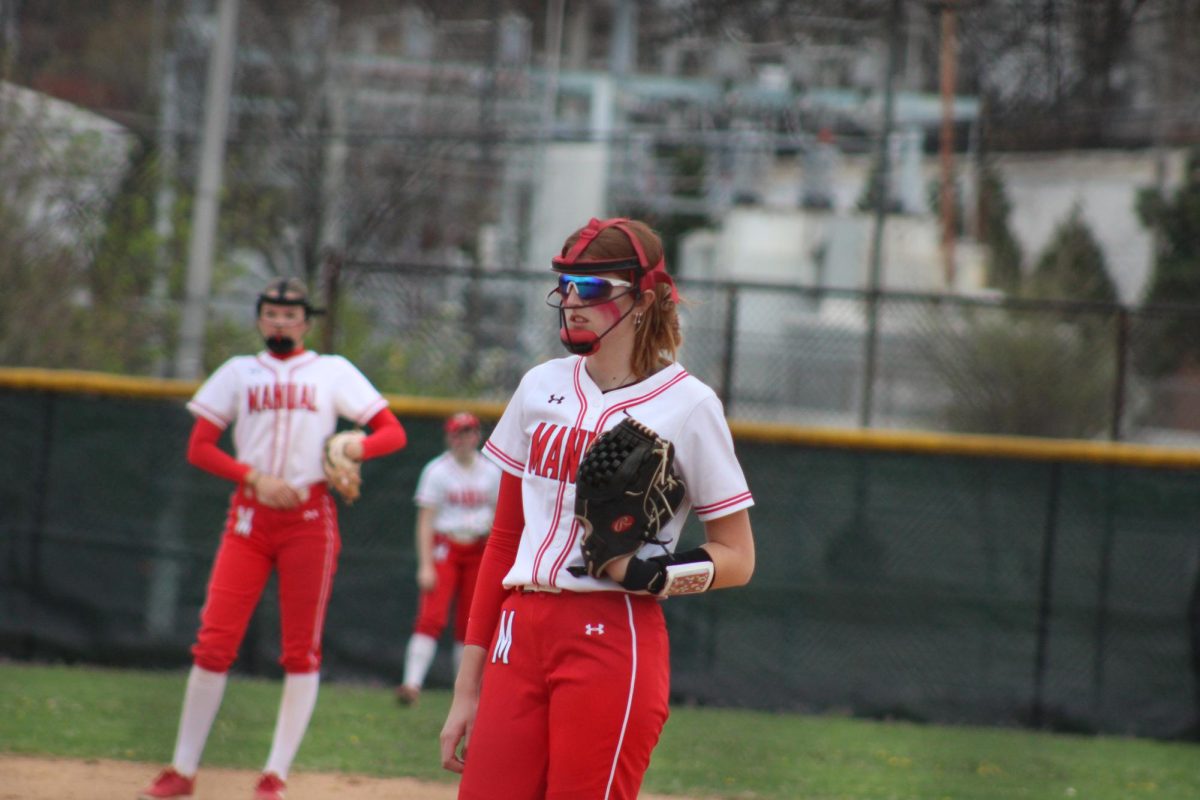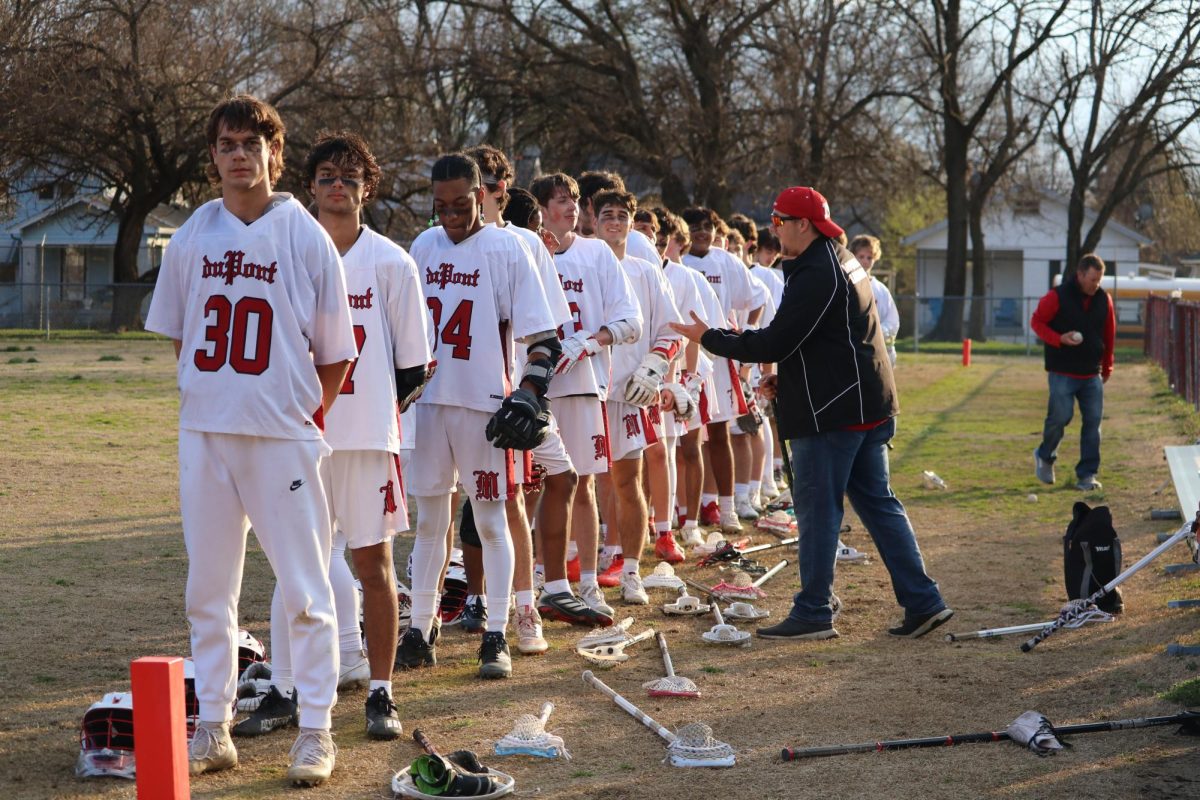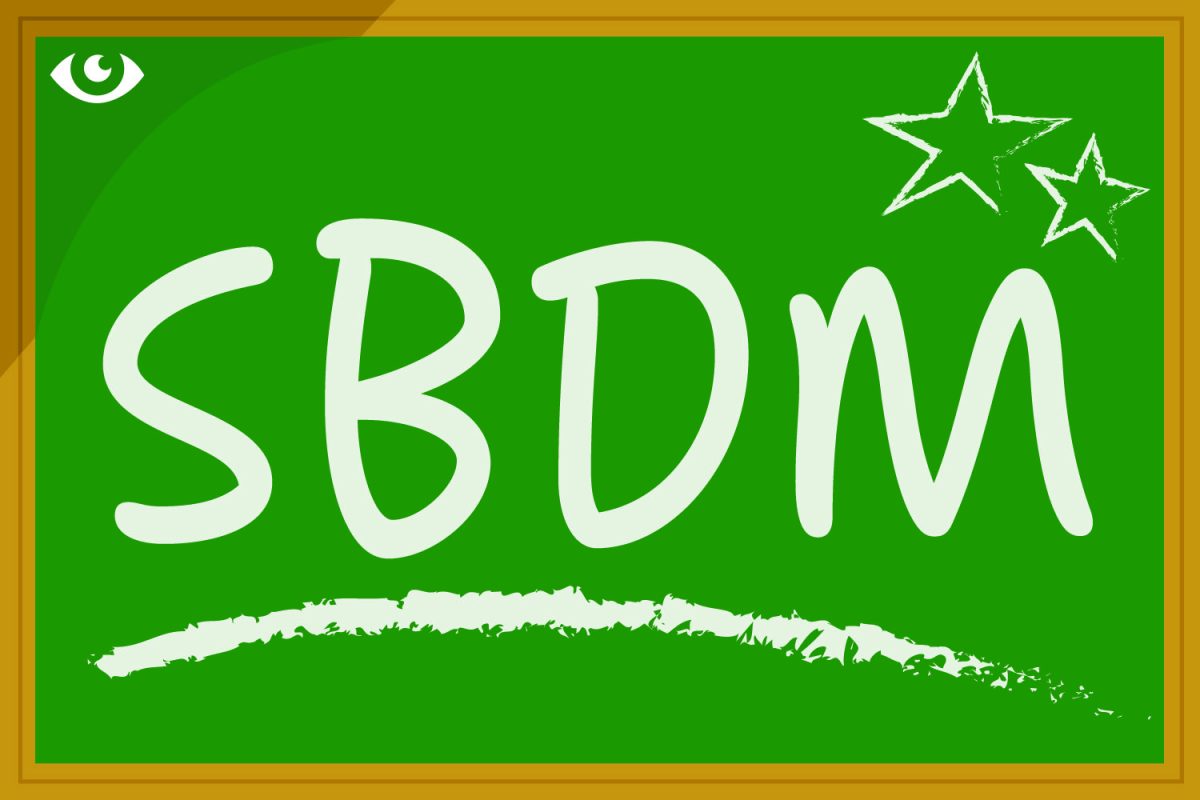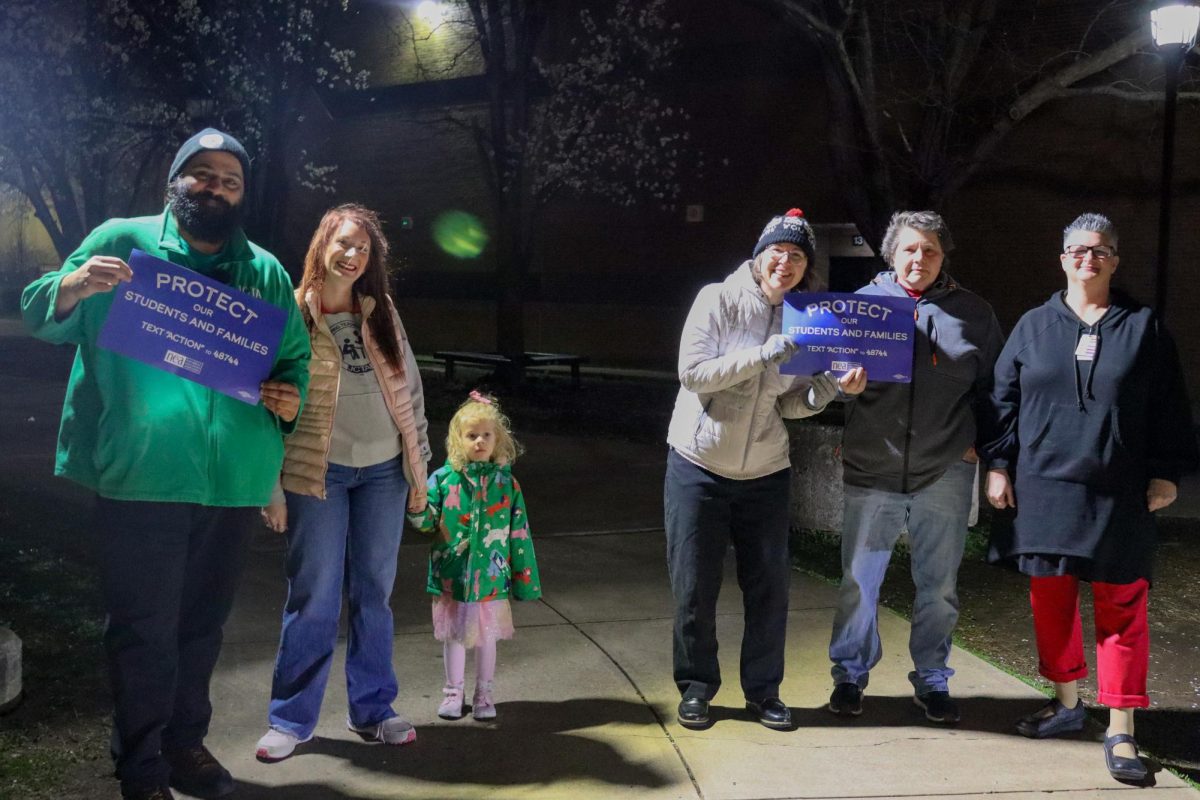As the United States presidential election nears, people across the country are tuning into coverage on the main candidates. Some Manual students have recently been polled on their preference for president, and who they believe is most likely to win the election. This provides insight into how students and future voters are reacting to the heated election cycle.
Since the start of the school year, RedEye has covered the Democratic National Convention and the first presidential debate between Kamala Harris and Donald Trump. These events set a clear tone for the candidates’ policies moving forward. Here are some key moments from the election cycle so far.
What do Manual students think?
RedEye’s poll asked 133 Manual students who they would vote for, regardless of their eligibility. It is important to note that Kentucky is a state that has historically voted for the Republican party in general elections. This creates a strong contrast between the typical vote of Jefferson County, which has been a historically Democratic voting county.
“The numbers… you know it’s Manual, I’m expecting it to be very liberal; Kentucky is Kentucky, but Louisville is a pretty liberal city, young people tend to vote pretty liberal, so I’m expecting Harris to be in the lead,” Thomas Galla (11, MST) said.
According to the poll results, Democratic candidates Kamala Harris and Tim Walz had a commanding lead, securing 82.7% of Manual student’s votes. This suggests that the Democratic candidates hold a strong preference over the student body. This support might also reflect broader national trends, where younger voters often gravitate toward Democratic candidates due to their takes on key issues to students, like climate change, social justice, and education reform.
“As long as the Democrats are the party of the young – young, soon-to-be college educated, urban liberals – Manual will always pick Democrats. That’s just how it is,” Galla said.
For Manual students, Republican candidates Donald Trump and J.D. Vance trailed behind, with only 9.2% of the vote.
“Even 9%, I know it’s not exactly huge, but that’s still a considerable amount of the student body,” Galla said.
Meanwhile the three third-party candidates account for 8.4% of the votes, combined. Overall, this data displays a clear trend, that a significant portion of Manual students would vote for Harris on the ballot, while support for other candidates remains minimal.
When Manual students were asked who they thought would win the election officially, many polled were not so quick to pick whoever they voted for; Trump was projected at 30.8%, while Harris held 69.2% of the predictions.
“I’m at least a little happy that a lot of students are going to say, hey, just because I support this candidate doesn’t mean I think they’re going to win. Well, which I think this takes some self-awareness for anyone who does that,” Galla said.




